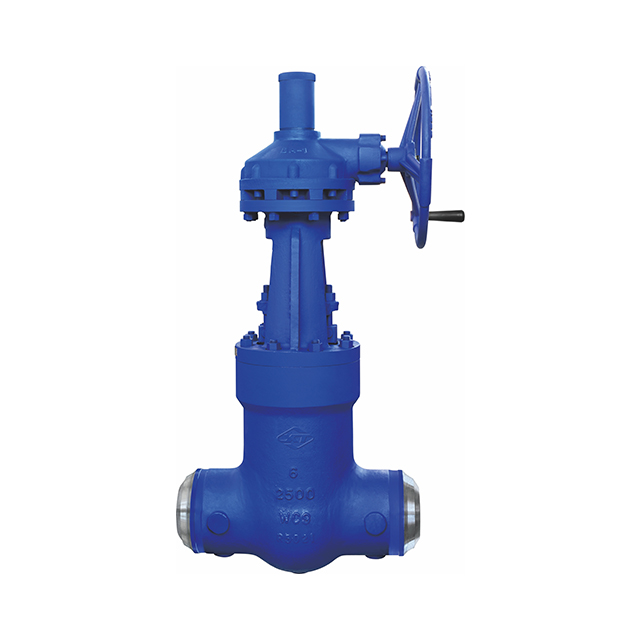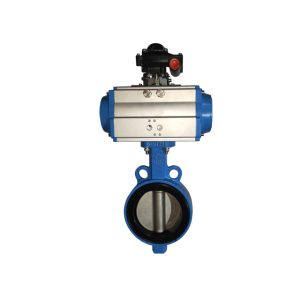Table of Contents
ToggleThe top entry ball valve is one of the most common types of industrial valve. There are different styles of ball valves available, and top entry design is very popular. Its simple design and operation make it extremely popular in piping systems.
The top entry design makes it easy to maintain, repair, and replace. The seat material should be able to withstand the sealing pressure. It is also easy to operate and is available in a variety of configurations.
The main difference between a top entry ball valve and a side-entry one is the shape of the valve body. In a top-entry valve, the stem is in a downward position, while in a side-entry valve, the stem is in an upward position.
A top-entry ball valve is a versatile valve that is used in piping systems. Because the ball and seat are accessible from the top, the valve can be easily removed for maintenance. Most top-entry ball valves are made of metal. Its top-entry design allows it to perform optimally and is suited for a wide range of applications.
If you want to know more about the top entry ball valve, follow this guide.
What Is A Top Entry Ball Valve?
A top entry ball valve is used in piping systems and has a removable top trunnion. Unlike traditional spool valves, these devices are easy to maintain and service. They are usually made of metal castings and require special testing before being sold.
The difference between a top-entry ball valve and a side-entry ball valve lies in their design. The top-entry valve allows maintenance to be performed without having to remove the entire valve from the line. This makes it much easier to perform maintenance tasks and ensures its reliability and safety.
A top-entry valve is typically more expensive than a side-entry one, but it’s worth it if you need to perform frequent maintenance. Because of its ease of maintenance and installation, it’s a popular choice in industries where you need to make quick and efficient decisions.
There are many advantages to a top-entry ball valve. First, the ball is accessible from the top of the valve. This makes it easier to perform frequent maintenance on this type of valve. Second, it is often easier to replace valve parts than it is to install them. And third, the top-entry ball valves are much more secure. This means that you won’t have to remove them from the line when performing maintenance.
How Does A Top Entry Ball Valve Work?
A top entry ball valve is a type of ball valve that enables you to access its internals from the top. This type of valve is ideal for inline maintenance and repair. When a valve needs repair, it can be easily dismantled. The main piece of the housing contains the ball, while the other piece holds its internal components together. This design allows for easy cleaning, inspection, and repairing.
The body of the valve is made from one-piece material. This ensures adequate strength and rigidity even at high operating pressure. The internal components of ball valves are designed to maintain a stable operating pressure. In addition, high-strength connective bolts and adequate margin wall thickness make maintenance easier. A top entry ball valve differs from a side entry ball valve in a number of ways, including its piping connection.
In the top entry ball valve, the handle is located on the top. You have to move the handle on the top, which is connected to the stem. As the stem moves, the hollow ball inside the valve moves to adjust the flow. When the hollow end is on the front, the medium starts flowing. However, when you turn the handle to 90 degrees, the non-hollow side of the ball stops the flow of the medium.
It works just like a normal ball valve but has a top-end design. The handle or lever to adjust the flow is on the top so that you can make quick repairs without dissembling the valve from the pipe.
Types of Top Entry Ball Valve
There are many different types of top entry ball valves. The most common is the top-entry trunnion mounted ball valve and top entry floating ball valve.
Top Entry Trunnion Mounted Ball Valve
A top entry trunnion-mounted ball valve is designed to handle high pressures in high-pressure applications. These valves are available in low and high-pressure versions. They come with corrosion-resistant bolts and lifting lugs. They are ideal for applications with high pressure and low operating torque. A top entry trunnion mounted ball valve is a quarter-turn design for low operating torque. These valves are easy to maintain and can be easily removed for routine maintenance. The stem/bonnet is easily accessible, making them ideal for applications requiring frequent inline maintenance.
Top Entry Floating Ball Valves
Top entry floating ball valves are a type of high-pressure valve that is used in process systems. They require little maintenance and are often installed in pipelines and process lines. They are designed so that they can be maintained inline rather than being completely removed and dismantled. They can be operated from the top to avoid the need to dismantle the valve. Top entry floating ball valves are a type of pressure-reducing valve, which has a floating ball that drifts downstream. The ball has a medium pressure seal and is a relatively simple design. The seat material is intended to accommodate the sealing pressure. They are typically used in oil, gas, paper, and electrical applications.
The Benefits and Features of Top Entry Ball Valve
A top entry ball valve is designed to allow access to the internal parts, which makes it convenient for inline maintenance. Its top entry also allows for easier cleaning, inspection, and repair.
A top entry ball valve is designed with a bonnet cover that allows for easy inspection and repair. It is available in various configurations, which allow for flow entry from either end. The rising-stem version eliminates seat wear and friction between the ends of the valve. This design also makes it easy to install, operate, and maintain. Its streamlined design makes it ideal for many different applications.
This type of ball valve is typically more expensive than a side-entry valve. This is due to the fact that top entry ball valves require more time for casting, which can take longer. However, the benefits of top-entry ball valves outweigh the disadvantages. Because of the convenience of maintenance and repair, they are the most popular type of ball valve.
A top-entry ball valve is a preferred choice for process systems where inline maintenance is required. These valves are also a great option for high-pressure applications because of their simplicity. Inline maintenance is a great way to save money. Inline maintenance is also more convenient and time-efficient. It is important to choose a top-entry ball valve for your application.
The top-entry ball valve is a superior choice when repeated inline maintenance is required. Its top-entry design makes it easier to access the ball and valve trim, which are important for proper and efficient operations. Additionally, it has a higher operating torque than side-entry ball valves. In addition, the bottom-entry ball valve is more flexible and has a higher flow rate.










